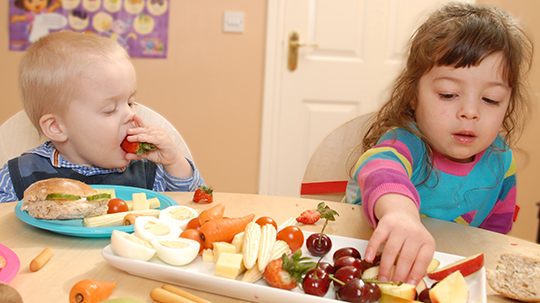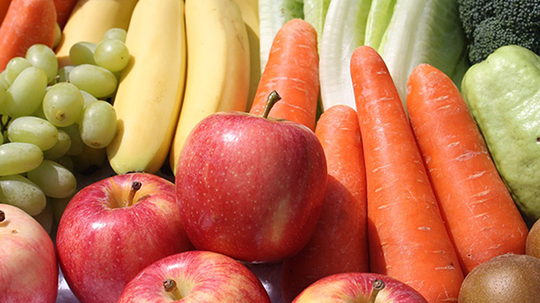Nutrition research within the NCSEM-EM covers a range of areas from ways to reduce fussy eating in young children and achieving a balanced healthy diet in children’s lunchboxes to looking at which foods can help prevent dementia in adults.
Our research also looks at identifying, preventing and managing disordered eating in elite athletes.
Child Feeding Guide
Loughborough Univesity academics Dr Emma Haycraft and Dr Gemma Witcomb have developed the award-winning Child Feeding Guide for parents and healthcare professionals.
Online training courses and digital resources aim to enhance knowledge and understanding of child eating behaviour and parental or caregiver feeding practices to help with feeding children.


Disordered eating in athletes
Loughborough Univesity academic Dr Carolyn Plateau has developed an online CPD course providing information and guidance for sports professionals on the identification and management of eating problems among athletes.
The course includes resources and tips for coaches and other sports professionals to guide them through approaching, supporting and facilitating the recovery of athletes with potential eating problems.
Cooking for cognition
Diet can contribute to the prevention of dementia and the improvement of memory and other cognitive functions.
The Dementia Research Group at Loughborough University has produced a recipe leaflet that takes you around the world looking at ingredients to prevent memory decline and dementia, as well as heart disease.


Balanced healthy lunchbox
Loughborough University’s Dr Clare Holley, an expert in healthy eating behaviour in young children, has assembled the ingredients and amounts needed to give youngsters the correct amount of nutrition for their scholastic meals.
The perfect packed lunch includes a portion of all the main food groups – carbohydrates, dairy, fats and sugars, fruit and vegetables and protein. And the portion sizes can be judged by using the size of a child’s palm as one serving.